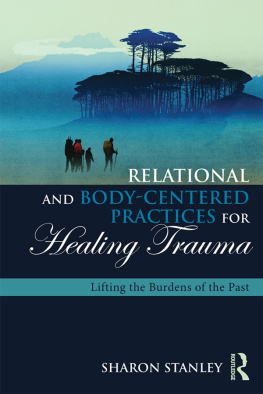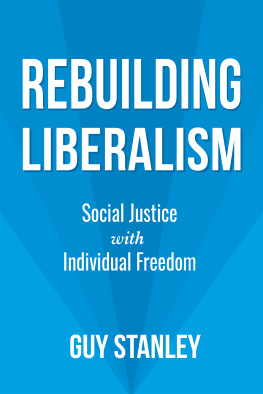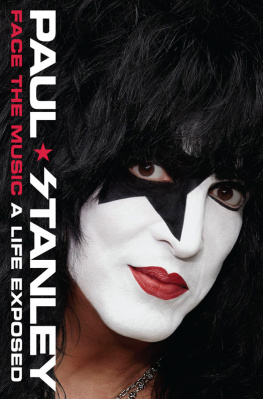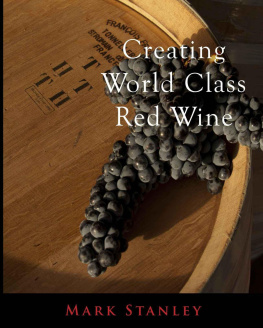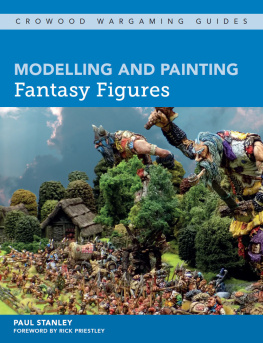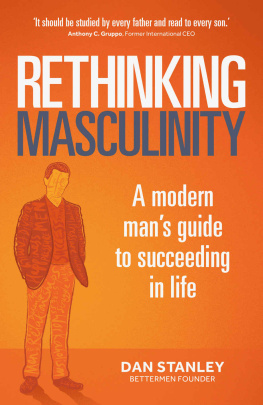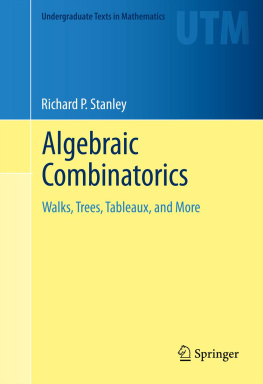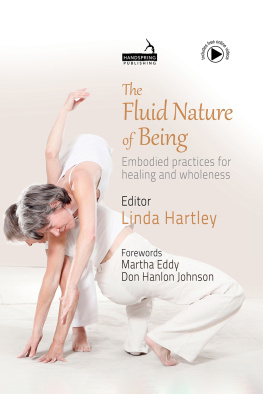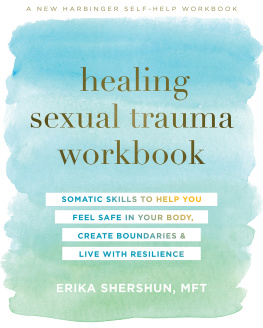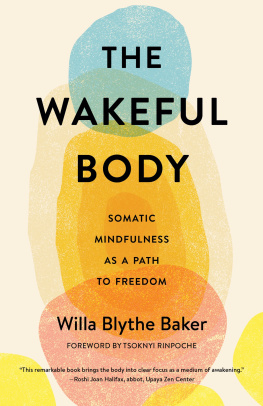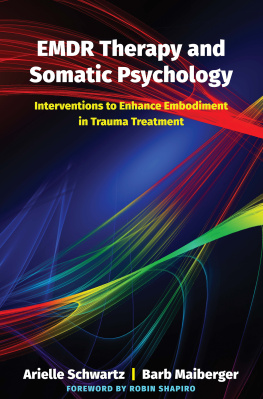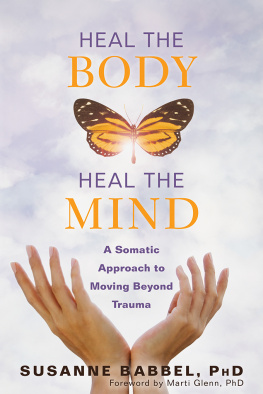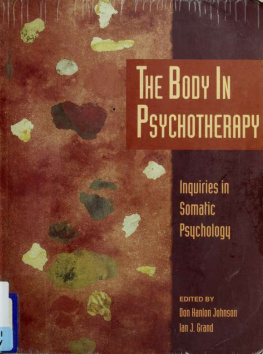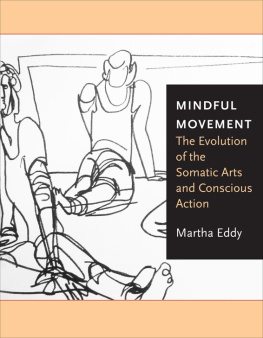Relational and Body-Centered Practices for Healing Trauma
Relational and Body-Centered Practices for Healing Trauma provides psychotherapists and other helping professionals with a new bodily-based clinical model for the treatment of trauma. This model synthesizes emerging neurobiological and attachment research with somatic, embodied healing practices. Tested with hundreds of practitioners in courses for more than a decade, the principles and practices presented here empower helping professionals to effectively treat people with trauma while experiencing a sense of mutuality and personal growth themselves.
Sharon Stanley, PhD, is an educator and psychotherapist in private practice on Bainbridge Island, Washington, where she also develops and facilitates courses on Somatic Transformation, a two-year curriculum for healing trauma.
First published 2016
by Routledge
711 Third Avenue, New York, NY 10017
and by Routledge
2 Park Square, Milton Park, Abingdon, Oxon, OX14 4RN
Routledge is an imprint of the Taylor & Francis Group, an informa business
2016 Sharon Stanley
The right of Sharon Stanley to be identified as author of this work has been asserted by her in accordance with sections 77 and 78 of the Copyright, Designs and Patents Act 1988.
All rights reserved. No part of this book may be reprinted or reproduced or utilised in any form or by any electronic, mechanical, or other means, now known or hereafter invented, including photocopying and recording, or in any information storage or retrieval system, without permission in writing from the publishers.
Trademark notice: Product or corporate names may be trademarks or registered trademarks, and are used only for identification and explanation without intent to infringe.
Library of Congress Cataloging-in-Publication Data
Stanley, Sharon, author.
Relational and body-centered practices for healing trauma : lifting
the burdens of the past / by Sharon Stanley.
pages cm.
Includes bibliographical references and index.
ISBN 978-1-138-90595-5 (hardback : alk. paper)
ISBN 978-1-138-90596-2 (pbk. : alk. paper)
ISBN 978-1-315-69236-4 (ebook)
1. Stress Disorders, Traumatictherapy. 2. Mind-Body Relations,
Metaphysical. 3. Psychotherapymethods. I. Title.
RC552.T7
616.85210651dc23
2015032542
ISBN: 978-1-138-90595-5 (hbk)
ISBN: 978-1-138-90596-2 (pbk)
ISBN: 978-1-315-69236-4 (ebk)
Typeset in Garamond
by Apex CoVantage, LLC
Dedicated to the memory of Eileen Stanley
Contents
I can trace the roots of Somatic Transformation back to 1978, when my father called and asked me to come home and help care for my younger sister Eileen. A nineteen-year-old college student, Eileen was lifeguarding at a beach in Bellevue, Washington, when she was severely assaulted. Although the visible wounds healed in time, the impact of this trauma changed our lives. Despite her suffering, Eileen lived with joy and love. A gifted physical therapist, she became known as a physical therapy whisperer, teaching colleagues to attend to the person rather than the trauma. Eileen not only showed me how to deeply and patiently connect with others, gently calling out the life force hidden in immobilized states, but she became the primary medical contributor and first coordinator of Somatic Transformation.
A number of other experiences have shaped the principles and practices of Somatic Transformation, including my work with the prevention of youth suicide in Tacoma and the discovery of phenomenology and its somatic, embodied approach at the University of Victoria. Following the completion of research that focused on the development of empathy in educators working with traumatized youth, I was invited to teach principles of neuroscience and somatic practices for healing trauma to Indigenous communities in Canada. As we worked together, the significance of their ancient ways of knowing and healing trauma began to take root with me over a number of years, and I recognized the power of nonverbal communication, participation in ceremony, the lived experience of traditional community, and a spirituality that valued interconnectivity with all. The teachings they offered to me led me to explore other ancient practices for healing trauma. A traditional Afro-Brazilian community invited me to learn and participate in their ceremonies, embodied practices of expression, love, and sensuality that were sustained through four hundred years of slavery. Participation in a Seattle study group for ten years with Allan Schore has grounded my interest in the phenomenology of traditional and Indigenous cultures with the emerging neuroscience of human attachment and regulation of intense emotions. Much of the emerging neurobiological information about trauma has been well known for centuries in the teachings of Indigenous Nations and in the stories, myths, and ceremonies of traditional and ancient cultures throughout the world.
As I have attempted to integrate my own lived experience and enrich my clinical and educational practice in healing trauma, I have tried to discern the essence of healthy human development, the life-changing interruptions to optimal development and culturally appropriate ways to heal those wounds. The curriculum of Somatic Transformation, a small-group educational process, presents emerging principles of neuroscience and fosters the development of relational somatic practices for healing trauma that are based on the wisdom known to human beings for centuries. I have taught Somatic Transformation to hundreds of mental health practitioners over the last ten years and synthesized the essential themes, concepts, and practices into this book.
Three primary interdependent themes are interwoven throughout this book:
Subjectivity. We must pay attention to, have respect for, and understand the profound significance of the bodily-based subjective knowledge of individuals. The effect of their lived experience is written in the functions of muscles, glands, bones, and the nervous system, and the structures of the developing brain. The human body holds the record of all that has been lived, including all encounters with othersstories of love and connection combine with moments of pain, anguish, and loss that the mind often forgets in order to survive. If we wish to know and heal the trauma of others, we need to know their ongoing subjective experience of their bodies.
Embodied Intersubjectivity. Embodied intersubjectivity, interpersonal sharing of specific subjective experience in the moment, requires practitioners to develop new ways of knowing by attending to fixed and changing perceptions; seeing, hearing, and feeling the ways the body communicates its truth. To assist another in processing trauma and resuming the interrupted growth and development from trauma, a sense of safety and interconnection is essential. Relationships that value authentic embodied intersubjective communications are at the core of healthy parenting, couples, families, friendship, and professional support.
Community. The support of the larger community and culture is essential to nurture and support the most wounded among us in the context of healing relationships. The actual interpersonal contributions of professional organizations, churches, schools, governments, and geographical communities can be distinguished from each other when we see their actions through the eyes and feelings of suffering human beings. Respect for the embodied subjective experience of individuals despite the disturbing effects of their trauma is at the heart of healing communities.
Each of these themes appears in this book in four distinct bodies of knowledge, each with its own language and forms of communication. The first is the changing language of the dominant culture, neuroscience, and its emerging interest and discovery in the less obvious, implicit ways of knowing. The second is the respect and incorporation for the rich and diverse language of Indigenous people and traditional ancient societies, spoken now by people of those traditions in the global re-vitalization of less dominant cultures, voices that reveal a commitment to phenomenological ways of knowing through tradition-based, direct embodied experience. The third language is the intimate communication of bodily-based lived experience that is first shared in the mother-infant attachment process and remains a fundamental need for all human beings, a form of contingent, collaborative communication that includes eye gaze, vocal prosody, gesture, and touch, womens ways of knowing that are now validated by science, but lie at the root of my own family and cultural traditions. The fourth voice is the language of Somatic Transformation, my attempt to synthesize essential human wisdom for professionals into somatic practices to consider as they assist people recover from trauma. I am humbled in this attempt as I recognize all that I do not know and have not included in this book.

